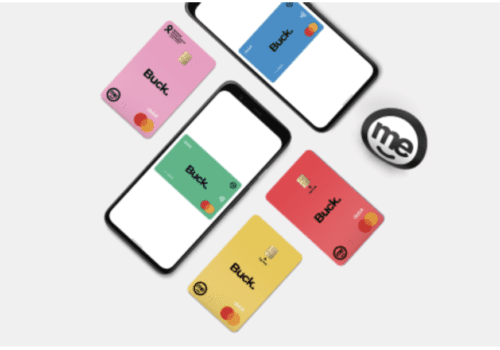Lien can be voluntary and consensual, such as a hold on a property for a loan. There are also statutory liens where a creditor can take legal action for non-payment of any credit amount.
What Is A Lien In Banking?
A lien is a claim or legal rights regarding the properties used as collateral to satisfy a debt. It is to protect an underlying obligation. When this obligation is not fulfilled, the creditor may be able to seize the asset. Most of the liens are used for keeping the properties safe.
The process of implying a lien goes like this: the bank or the creditor charges a case to the debtor for not paying the balance amount. On the hearing day, if you do not go to court to dispute those charges. The court will attach a lien amount to your bank account.
Lien Amount Meaning
A lien amount is the amount on which a bank puts a hold. This amount is frozen, and you cannot withdraw this amount until and unless the lien is removed. The bank can put a lien to a definite amount or on the entire account.
The ‘lien amount’ term is usually used in banking sectors. It is the charge created by law to describe the rights of the banks.
How Do You Clear A Lien Amount?
The lien in the bank will show as a “lien marked” in the account. You cannot do anything using that amount. Unless you settle all your bank dues, the bank will not normalize your amount. You will not be able to do any transaction or withdraw this amount or issue a cheque. If you do issue a cheque, it will get bounced.
When you pay all your dues, only the bank will remove the lien mark from the amount. To get rid of this lien mark, you need to go to the bank or talk to their customer service. They will tell you the whole procedure to perform this.
Also Read: Dormant Account: Definition, Re-Activation Process
Why Do Banks Keep Lien Amounts?
The banks can put a lien on an amount or on the entire account to secure the funds. Following are the reasons:
- Suppose there is any unlawful activity in the account. And the bank finds that activity. Then the bank can either freeze your account or put a lien on a specific amount in your account.
- If, in any case, your issued cheque or draft gets bounced. There is a possibility that the bank can put a lien on your entire account. Here, in this case, the lien amount is the amount you issued in the cheque or draft.
- The bank can also put a lien if you failed to pay the EMI of your loan. Here, the lien amount will be the same as the EMI amount.
- The bank can also keep the lien amount when you don’t pay the government taxes.
- There are several banks where you need to maintain the amount in your account. If you do not keep the minimum amount in your account, the bank can deduct a penalty charge. This deduction happens automatically. But if, in any case, the deduction money is also not in your account, then the bank can keep that amount as the lien amount.
- When depositing the security against any loan, you deposit your fixed deposit to the bank. You can’t withdraw your fixed deposit amount because the bank keeps the FD as a lien amount.
- There is also a possibility of a malfunction in the bank software. That also can be the reason for the lien amount in your bank.
Also Read: What is International Banking?
What Happens When A Lien Is Put On Your Bank Account?
A lien amount is the fixed amount that the bank holds. The bank authorities decide what to do with your account. Rights to freeze and convert your account into a lien account have been given to the banks. They have the full authority to do this.
You cannot use that amount when the bank freezes or holds a fixed amount in your account. And, if the bank seizes your account, then you can not make any withdrawal at all. You can not transfer any amount to another person’s account. In a nutshell, your account is frozen by the bank.
How Long Does A Bank Lien Last?
A seized bank account can impact a lot on your financial situation. You can not transfer the funds, nor can you withdraw the funds. You can not write the cheque either. Handling your daily necessities can become difficult. But this lien account is not for forever. You can always unseized your account by paying the debt.
A bank lien lasts till the time when you will pay the total amount. To pay the lien amount, you should contact your bank. You can also contact the court that is issuing your lien. As soon as you pay the amount back to the bank, you will regain access to your account or amount. Whichever is either the amount or the entire account, the bank puts a lien.
Recommended:



